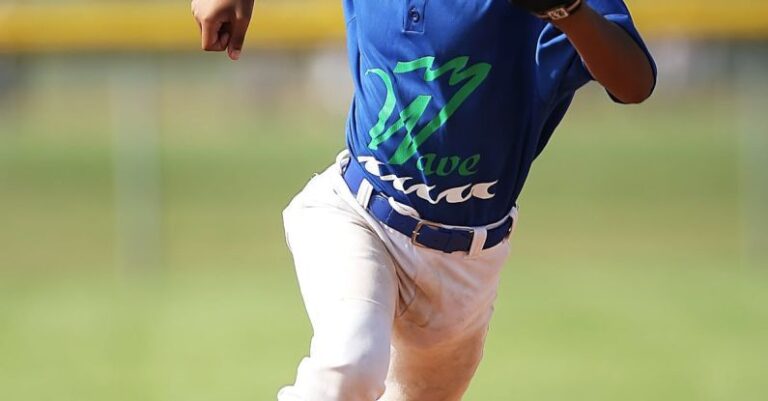
Athletes are constantly seeking ways to enhance their performance, from refining their technique to optimizing their training routines. One often overlooked factor that can significantly impact athletic performance is the surface on which the activity takes place. Whether it’s running on a track, playing basketball on a hardwood court, or competing on a grass field, the surface can influence an athlete’s speed, agility, and overall effectiveness. Understanding how different surfaces impact athletic performance can help athletes and coaches make informed decisions to maximize their potential.
### The Role of Surface in Athletic Performance
The surface on which athletes train and compete plays a crucial role in their performance. Different surfaces have varying levels of impact absorption, traction, and energy return, which can directly affect an athlete’s ability to perform at their best. For example, a softer surface like grass provides more shock absorption than a harder surface like concrete, which can reduce the risk of injury and fatigue during prolonged activity. Similarly, surfaces with more traction, such as a rubberized track, can help athletes maintain their speed and agility with less slippage.
### Running Surfaces: Track vs. Road
One of the most common activities in athletics is running, and the surface on which a runner trains can have a significant impact on their performance. Track surfaces, typically made of rubber or polyurethane, are known for their cushioning properties and consistent traction, making them ideal for speed and distance running. The springiness of these surfaces can help runners conserve energy and maintain a steady pace throughout a race.
On the other hand, running on roads or concrete surfaces can be more taxing on the body due to the lack of shock absorption. The repetitive impact of each stride can lead to fatigue and increased risk of injury, especially for long-distance runners. While road running can help improve strength and endurance, it may not be the best surface for high-intensity speed workouts or races.
### Impact of Court Surfaces in Team Sports
In team sports like basketball and volleyball, the playing surface can have a significant impact on the dynamics of the game. Hardwood courts are commonly used for basketball due to their consistent bounce and traction, allowing players to make quick cuts and changes in direction. The smooth surface of a hardwood court also facilitates ball handling and shooting accuracy, giving players a competitive edge.
In contrast, sports like volleyball are often played on surfaces like sand or synthetic turf. Sand courts provide a softer landing surface, reducing the impact on players’ joints during dives and jumps. The uneven nature of sand also adds an element of challenge, requiring athletes to adjust their movements and balance accordingly. Synthetic turf, while providing a more consistent surface, may have different traction properties that can affect players’ speed and agility.
### Grass vs. Turf: Impact on Field Sports
Field sports like soccer and football are commonly played on grass or artificial turf surfaces, each with its own set of advantages and limitations. Natural grass fields offer a responsive and forgiving surface that allows for smooth ball movement and player mobility. The cushioning effect of grass can help reduce the impact of collisions and falls, making it a popular choice for many athletes.
Artificial turf, on the other hand, provides a more durable and low-maintenance surface that can withstand heavy use in all weather conditions. While turf fields offer consistent playing conditions and faster game pace, they may lack the shock absorption and natural feel of grass, increasing the risk of injuries like turf burns and joint strain.
### Making Informed Surface Choices for Optimal Performance
Ultimately, the choice of surface in athletics can have a profound impact on an athlete’s performance and well-being. By understanding the characteristics of different surfaces and how they influence factors like traction, shock absorption, and energy return, athletes can make informed decisions to optimize their training and competition experiences. Whether it’s selecting the right track for a speed workout or choosing the best court for a crucial game, athletes and coaches can use surface knowledge to enhance performance and achieve their goals.





